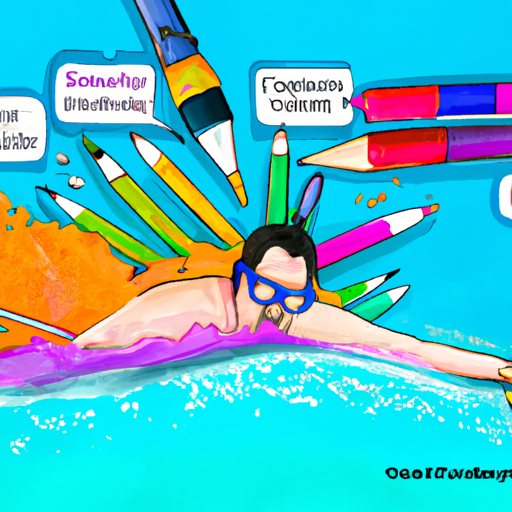Diversify Your Content Strategy: Going from Basic to Advanced
Are you tired of the same old content strategy? Are you ready to take it to the next level? If so, you’re in luck! In this Whiteboard Friday episode, Azeem will show you how to diversify your content strategy and create the right content for your audience at the right time. Get ready to go from basic to advanced!
Three Examples of Where Marketers Get Measurement Wrong
Before we dive into the advanced content strategy, let’s address a common mistake that marketers make when it comes to measurement. Azeem believes that we often get it wrong, and he has three examples to back up his claim.
First, when measuring brand awareness, we tend to focus on metrics such as downloads, traffic, referrals, and mentions. While these are important, they don’t paint the full picture. Next, when it comes to engagement, we often look at likes, comments, shares, and retweets. Again, these are valuable metrics, but they don’t tell us the whole story. Finally, in lead generation, we typically measure MQL, SQL, subscriptions, and call backs. While these metrics are important, they don’t give us a complete understanding of our audience’s behavior.
Create an Advanced Content Strategy
Now that we understand where we often go wrong with measurement, let’s move on to the advanced content strategy. Azeem believes that simply relying on written content is no longer enough. The internet has evolved, and our audience expects more. So how do we take our content strategy to the next level?
Azeem suggests starting with a specific topic as your framework for your content. For example, if you’re writing about trees, trees would be your topic. From there, you can branch out and create more content around different aspects of trees.
But that’s just the basic version. The better version would be to use universal analytics or multi-channel funnels to understand what content performs well and create more of that. You want to tailor your content to where your audience is in their purchase journey.
And finally, the advanced version involves using GA4 and data-driven attribution models to understand how different markets perform. From there, you can create the right content for your audience at the right time, which is the Holy Grail of content strategy.
How to Use This Information
Now that you have a better understanding of the advanced content strategy, let’s look at how you can actually use this information to improve your own strategy.
Azeem provides four examples:
Example 1: If you have set up scroll tracking and YouTube view measurements on your GA4, you can layer the two together to understand how your audience engages with your content. For example, if your audience in France doesn’t scroll much but watches videos, you can introduce long-form videos early in the page to cater to their preferences.
Example 2: If you know that your audience scrolls a lot but doesn’t watch videos, you can create highly-detailed content and use remarketing to bring them back to your website.
Example 3: If you have an average scroll and video time, but a high average settle duration (ASD), you’re dealing with page hoppers who are likely in the research stage of their journey. This is where you want to focus on your brand and why you stand out against the competition.
Example 4: If your audience doesn’t scroll or watch videos, there’s a clear disconnect. However, there’s still an opportunity for you to introduce short-form videos earlier in the purchase journey. Use this information to create a diverse content strategy that includes audio, snippets, and video teases in different formats.
Closing Summary
And there you have it! Azeem has taken us on a journey from basic to advanced in content strategy. We learned where marketers often get measurement wrong and how to create an advanced content strategy that caters to our audience’s preferences. By using data and analytics, we can tailor our content to provide the right information at the right time. So what are you waiting for? It’s time to diversify your content strategy and take it to the next level!

